- VMware
- 03 July 2020 at 18:06 UTC
-

- 1/4
VMware Workstation is a professional virtualization solution available for Windows and Linux that allows you to create powerful virtual machines with Windows, Linux, FreeBSD, and many other operating systems.
These machines can be connected in different ways to the network or be connected only to each other, for example.
But VMware did't stop there. Indeed, with the "Virtual Network Editor" program installed with VMware Workstation, you will also be able to virtualize switches with or without integrated DHCP server and connect them to the network and/or the Internet in different ways.
Once you know how to use this tool, you can virtualize complex infrastructures to better test your future infrastructures.
- Bridged
- NAT (Network Address Translation)
- Host-only
- Custom (custom virtual network)
- LAN segments (VLANs)
- Restore default network settings
- Preserve, export, and import network settings (since version 15.5)
1. Bridged
The most convenient network mode to begin is the Bridged mode (which corresponds to "Bridged Adapter" mode of VirtualBox).
When you connect your virtual machines this way, they will virtually end up in your physical LAN.
In other words, the virtual machine will appear on your network as an independent physical machine.
This facilitates access to services hosted on this virtual machine, for example.
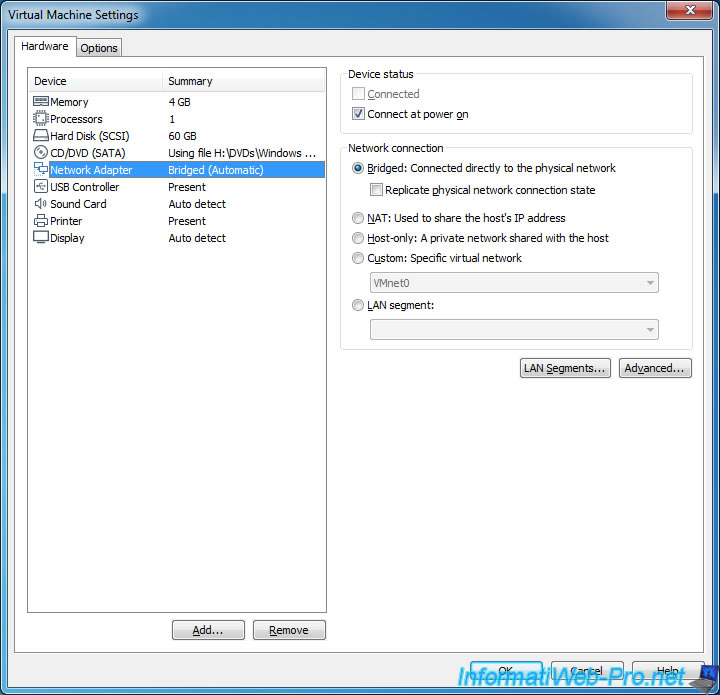
As you can see, our virtual machine with Windows 10 received a 10.0.0.5 IP address from our DHCP server : 10.0.0.1.
And this virtual machine uses the gateway (router) : 10.0.0.1.
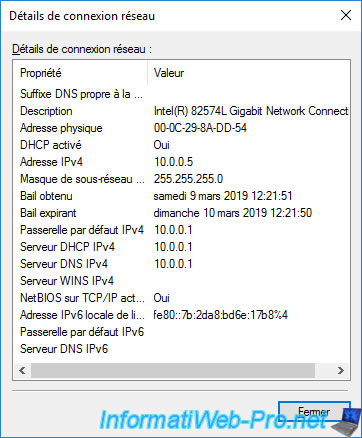
If we type the IP address of this gateway in the web browser of the virtual machine, you see that it is the web interface to manage our physical router (WNDR4300).
So, the virtual machine communicates "directly" with the router.
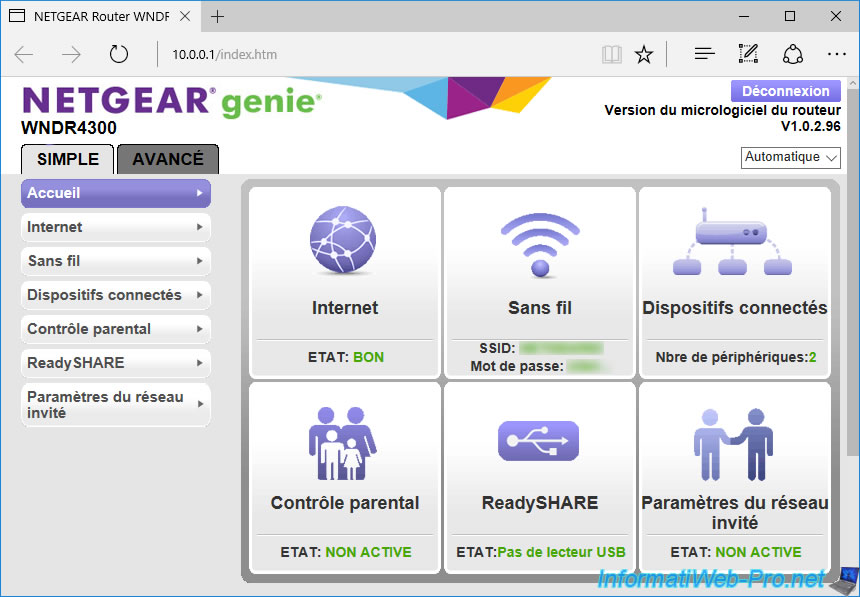
As you may have seen before, the IP address obtained by this virtual machine was : 10.0.0.5.
This is logical since the DHCP server on our physical router is configured to distribute IP addresses from 10.0.0.2 to 10.0.0.100.
Note : if you disable the DHCP server on the physical router and your machine uses Bridged mode, it will no longer have access to the network as it will no longer receive an IP address.
Although the Bridged mode looks interesting, there are some cases where this might be a problem.
Especially if you are trying to virtualize a DHCP server to learn how to configure it on Windows Server or Linux. Indeed, you will end up with 2 DHCP servers (one in your physical router and one in a VM) and your virtual machines will not always receive the good information. This will depend on which DHCP server will respond first.
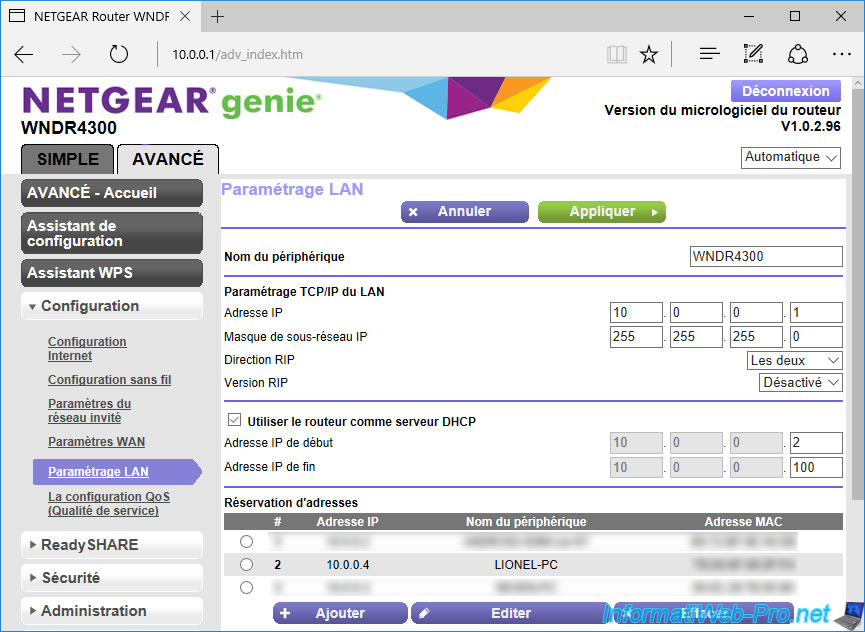
As you can see, our router thinks there are 2 physical computers on the network, whereas there is only one physical computer (LIONEL-PC) and one virtual machine (WIN10-PC).
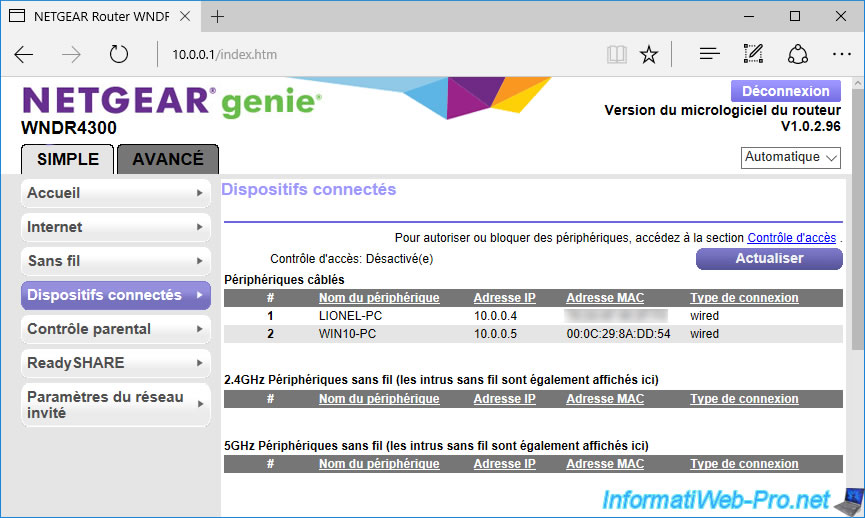
As previously explained, thanks to this network access mode, your virtual machine will be virtually in your physical network.
If you install a web server in your virtual machine and open the right ports (80 TCP for HTTP and 443 for HTTPS), you'll be able to access the local web site from any one physical machine of the network.
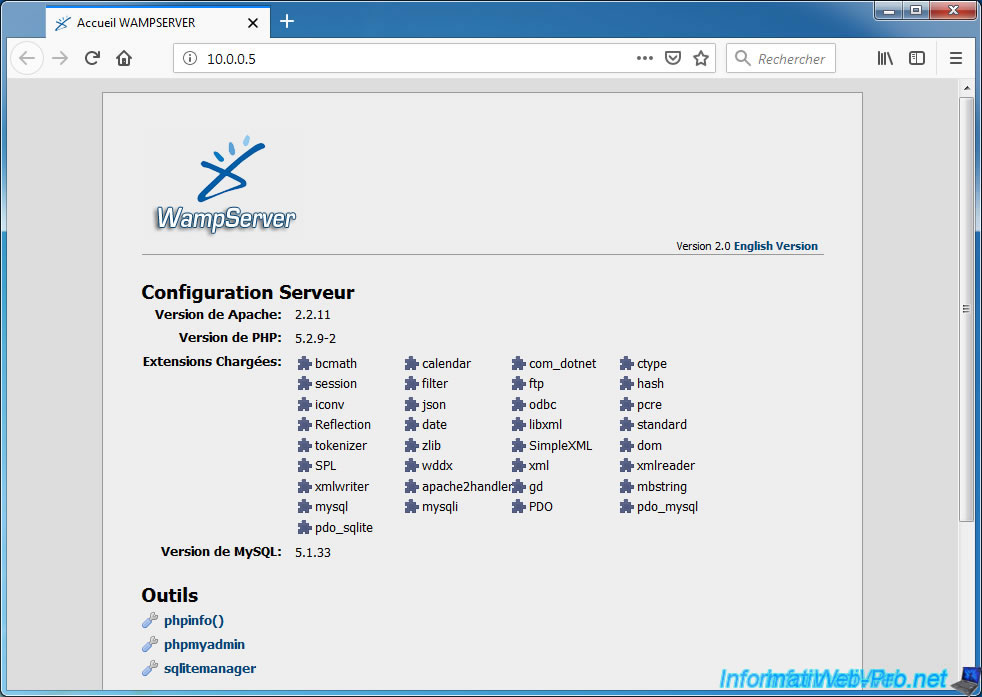
Generally, your computer has a network card (wired or wireless), but some computers (fixed or portable) may have both types of network cards.
This is our case :
- a wired network card : Intel(R) Ethernet Connection
- a wireless network card (Wi-Fi) : Broadcom 802.11ac Network Adapter

By default, the bridged mode will use one of the 2 NICs randomly depending on which physical NIC is correctly connected to the network.
But if the 2 network cards are connected permanently, you may have some surprises when changing network for your virtual machines in Bridged mode.
To avoid this, launch the Virtual Network Editor program installed with VMware Workstation.
As you can see, this program requires administrator rights to change the virtual network configuration of VMware Workstation.
Click : Change Settings.
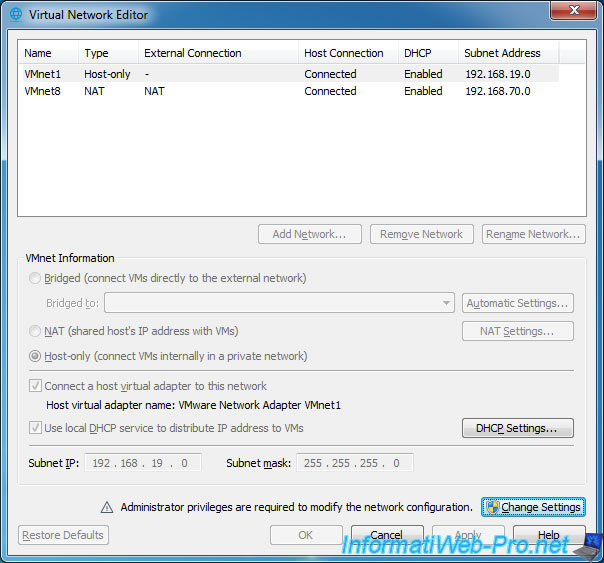
Click Yes.
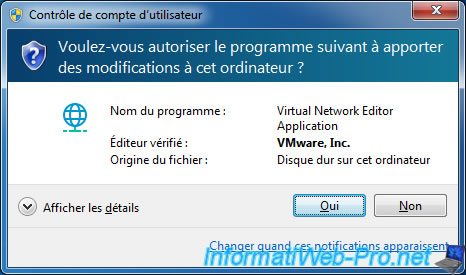
The Bridged network access mode appears.
As you can see, this network access mode is, by default, set to : Automatic.
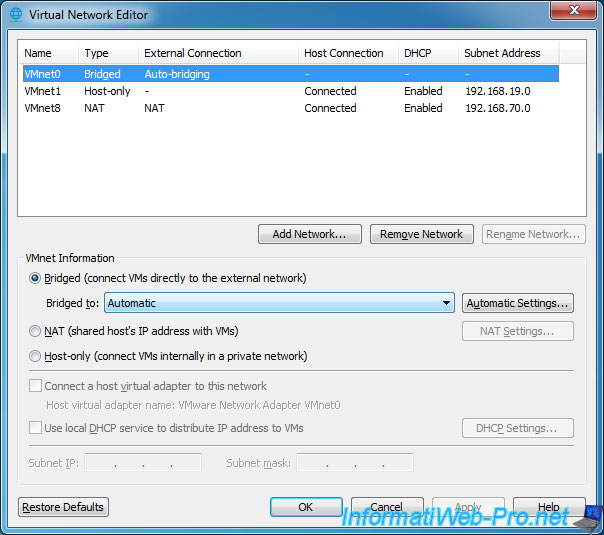
If you click the "Automatic Settings" button next to the "Automatic" drop-down list, you can choose which VMware Workstation network cards to use for this Bridged mode.
This is convenient because it may allow you, for example, to not connect your virtual machines to the network when you connect to a public Wi-Fi network (unsecure).
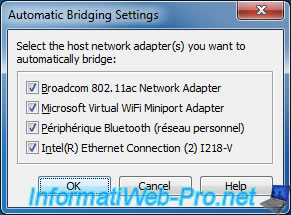
You can also use this feature to tell VMware Workstation which network cards are really useful.
Indeed, you will probably never use Bluetooth or Microsoft Virtual WiFi network connections.
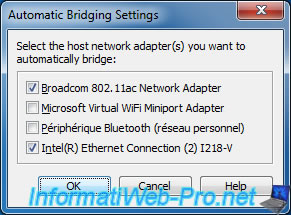
As previously explained, by default, the Bridged mode uses one of the allowed network cards by using the "Automatic Bridging Settings".
But, if you want to connect some virtual machines on a physical network and others on another physical network, you will not be able to use the Automatic option.
For this tutorial, we will connect virtual machines in Bridged mode on our physical network to which we are connected by Ethernet cable.
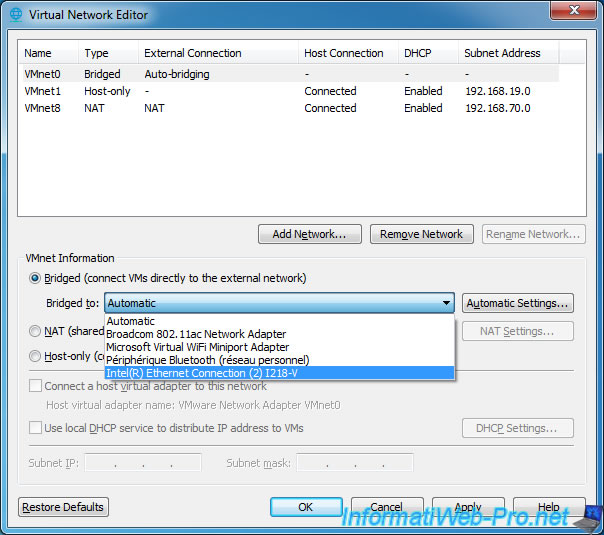
Then, we add a new network by clicking on : Add Network.
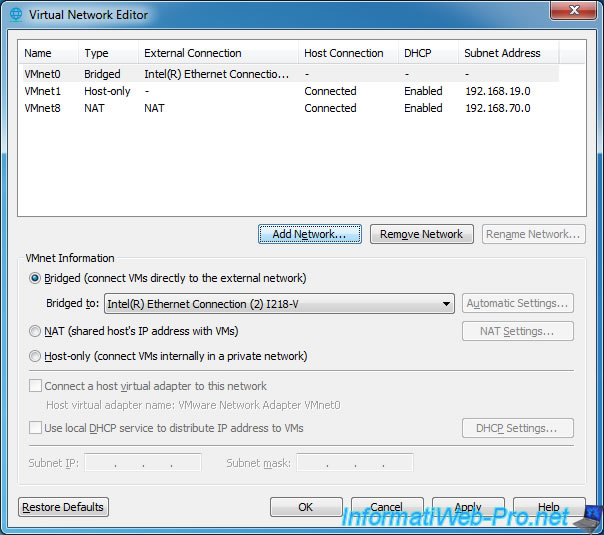
Leave the network selected by default and click OK.
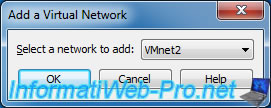
Now, we select the wireless network card (Broadcom 802.11ac ...) for the new network : VMnet2.
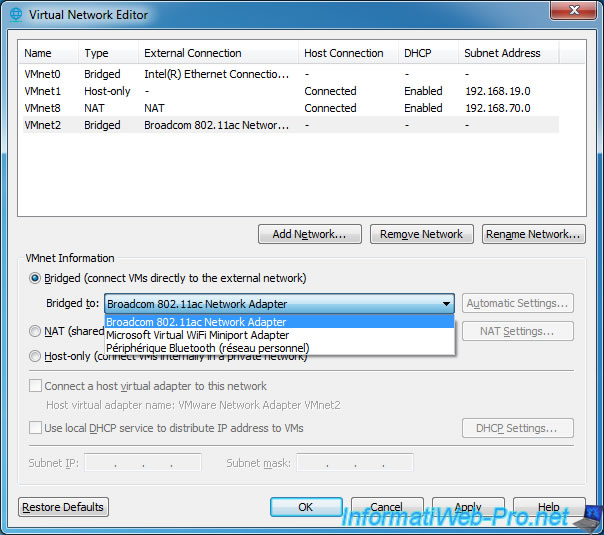
Note that you could also use this trick for virtual machine traffic to use a different network adapter than the one used by Windows by default.
Indeed, there is a hidden menu to change the order of use of network cards in Windows 7.
To do this, go to Control Panel -> Network and Internet -> Network and Sharing Center -> Change adapter settings.
Then, press ALT (on the left on your keyboard) to display the menu bar and click : Advanced -> Advanced Settings.

And change the order of the network cards in the top list.
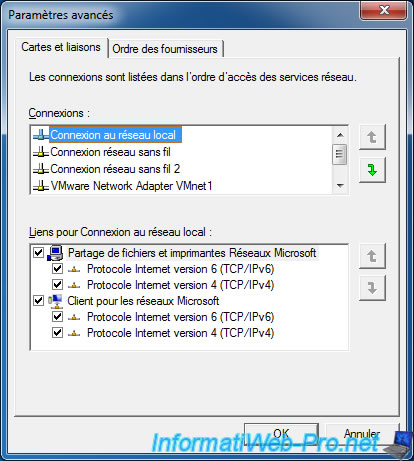
Share this tutorial
To see also
-
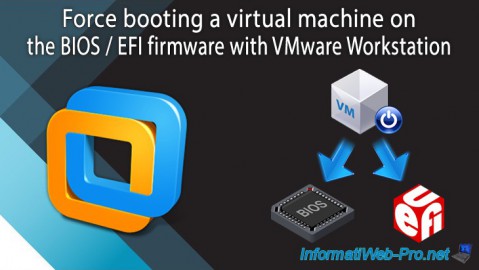
VMware 3/16/2013
VMware Workstation - Boot a VM on the BIOS / EFI firmware
-
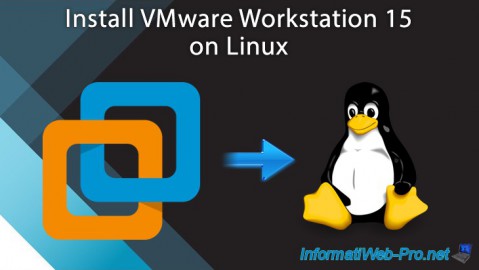
VMware 2/7/2020
VMware Workstation 15 - Installation on Linux
-
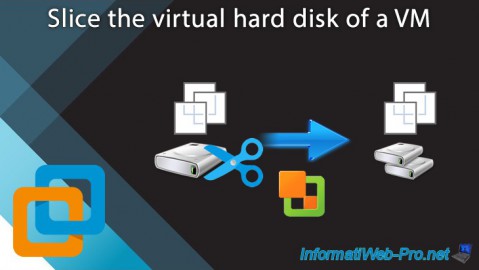
VMware 12/24/2021
VMware Workstation 15 - Slice the virtual hard disk of a VM
-
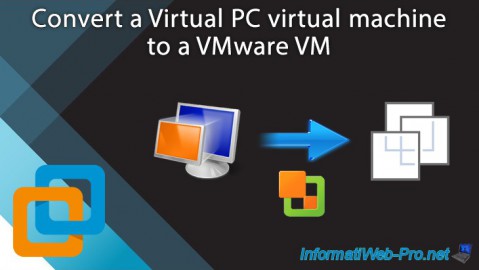
VMware 12/10/2021
VMware Workstation 15.5 - Convert a Virtual PC virtual machine to a VMware VM

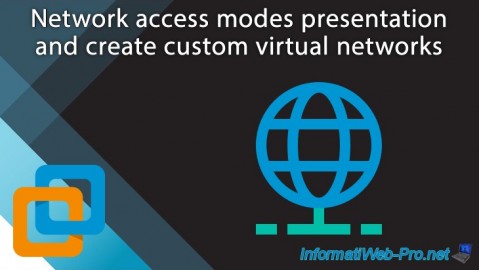
You must be logged in to post a comment